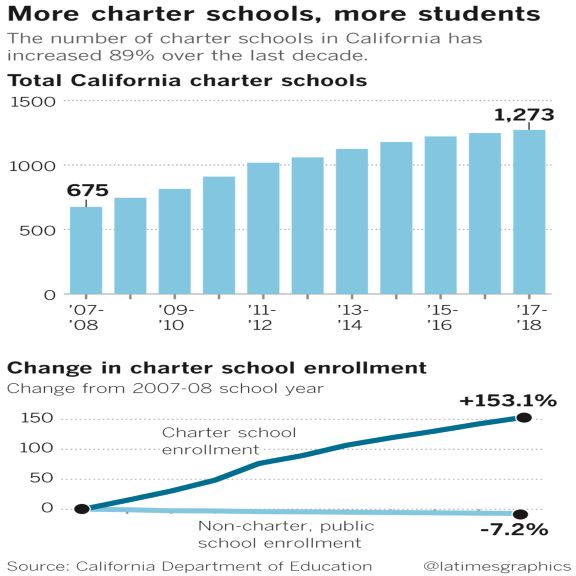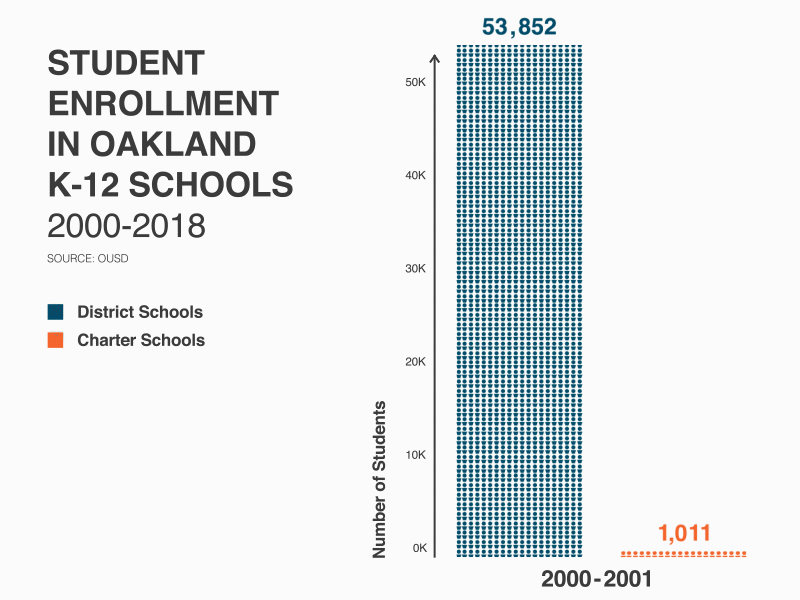Schools That Hinder Opt Outs Are Participating in Their Own Demise
You can’t be a public school and still ignore the will of the people.
That’s the problem at too many districts across the country where narrow-minded administrators are waging an all out war on parents opting their children out of standardized testing.
The federal government still requires all states to give high stakes tests to public school students in grades 3-8 and once in high school. So states require their districts to give the tests – despite increasing criticism over the assessments’ validity, age appropriateness, racial and economic bias and the very manner in which the scores are used to justify narrowing the curriculum, school privatization, funding cuts, teacher firings and closing buildings serving the most underprivileged children.
In response, parents from coast to coast continue to fight the havoc being forced upon their communities by refusing the tests for their children.
Yet instead of welcoming this rush of familial interest, at some schools we find principals, superintendents and every level of functionary in between doing whatever they can to impede parental will.
Most administrators don’t actually go so far as out right refusal of a parent’s demand to opt out their children.
That’s especially true in states where the right to opt out is codified in the law.
Three states – California, Utah, and Wisconsin – have enacted legislation permitting CONTINUE READING: Schools That Hinder Opt Outs Are Participating in Their Own Demise | gadflyonthewallblog

























